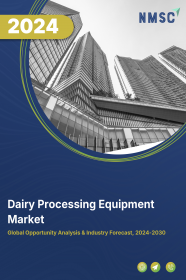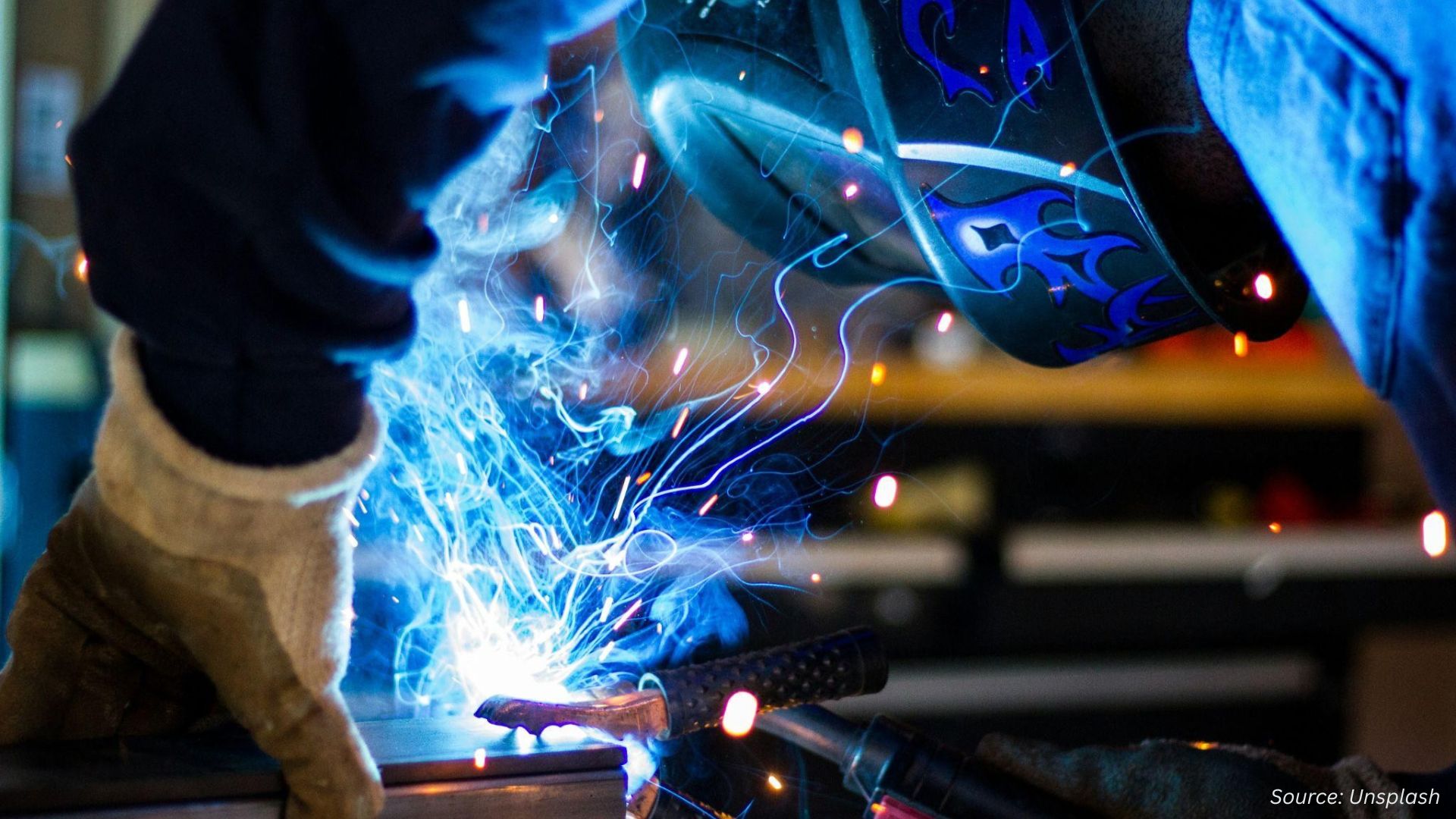
Japan Elevator Market by Type (Passenger elevator, Freight elevator and Others), by Technology (Traction and Hydraulic), by Service (New Installation, Maintenance and Modernization), by Capacity (Less than 1500 kg, 1500 to 2500 kg, 2501 to 4000 kg and More than 4000 kg) by Speed (Less than 1 M/S, Between 1 to 4 M/S and More than 5 M/S), by Deck type (Single Deck and Double Deck) and Others- Opportunity Analysis and Industry Forecast, 2024 –2030
Industry: Construction & Manufacturing | Publish Date: 09-Jul-2025 | No of Pages: 229 | No. of Tables: 186 | No. of Figures: 131 | Format: PDF | Report Code : CM1651
Market Definition
Japan Elevator Market size was valued at USD 3.71billion in 2023, and is predicted to reach USD 8.22 billion by 2030, at a CAGR of 10.9 % from 2024 to 2030. The elevator market represents a dynamic sector encompassing the design, manufacturing, installation, and maintenance of elevator systems. From conventional traction elevators to cutting-edge smart solutions, this market offers a diverse array of vertical transportation choices customized to suit the distinct requirements of various buildings and infrastructure projects. Stakeholders within the elevator market include manufacturers, suppliers, contractors, architects, building owners, and facility managers.
Manufacturers continuously innovate to enhance elevator performance, safety, and sustainability, while suppliers provide critical components and materials necessary for system construction. Additionally, sustainability considerations, including energy efficiency and material recyclability, are increasingly integral to elevator design and operation. They align with broader environmental objectives and sustainable building practices. Thus, the elevator market is a cornerstone of vertical mobility as elevators enhance functionality, accessibility, and sustainability within buildings and urban landscapes worldwide.
Strong Presence of Global Industry Leaders Accelerates Market Growth
Japan's elevator market benefits significantly from the presence of globally recognized companies such as Mitsubishi Electric Corporation, Hitachi Ltd., Toshiba Elevator and Building Systems Corporation, and Fujitec Co., Ltd. These firms are at the forefront of vertical transportation innovation and have established a strong global footprint through cutting-edge technologies and reliable service networks. Their continued investment in R&D and strategic initiatives drives both domestic and international market growth.
For instance, Mitsubishi Electric’s launch of the NEXIEZ-MRL Version 2 highlights the country's emphasis on energy efficiency, enhanced passenger safety, and hygiene features—such as antiviral solutions—in response to global health concerns. This innovation-oriented ecosystem reinforces Japan’s role as a major driver of progress in the global elevator industry.
Continuous Technological Innovation Fuels Market Expansion
Japan’s elevator industry thrives on its culture of innovation, driven by advances in AI, IoT, robotics, and smart mobility solutions. These technologies are transforming elevator systems into intelligent platforms capable of predictive diagnostics, real-time data analysis, and touchless user interaction, which are increasingly valued in smart urban infrastructure.
The integration of elevators with building management systems (BMS), smart city platforms, and energy optimization frameworks positions Japan as a leader in vertical transportation innovation. These capabilities not only improve performance and operational efficiency but also support national goals related to sustainability and smart infrastructure development.
High Installation and Modernization Costs Limit Widespread Adoption
Despite technological advances, the high initial costs associated with elevator installation, system upgrades, and ongoing maintenance remain a major barrier in Japan’s elevator market. These costs are especially burdensome for small-scale developers, older buildings, and facilities in rural or suburban regions, where budget constraints and structural limitations inhibit modernization efforts.
Retrofitting aging infrastructure to accommodate modern elevator systems often requires extensive remodeling and compliance with strict safety regulations, further inflating costs. These financial challenges can slow down the adoption of advanced elevators, especially in low-rise and non-commercial buildings, thereby constraining market penetration in certain segments.
AI-Enabled Elevator Systems Offer Transformative Growth Potential
The integration of artificial intelligence (AI) into elevator systems represents a transformative opportunity for Japan’s vertical mobility sector. AI-powered elevators can leverage machine learning algorithms and sensor data to enable predictive maintenance, identify usage patterns, optimize energy consumption, and dynamically manage elevator traffic during peak hours.
As Japan continues to develop smart cities and high-density urban zones, AI-based elevator solutions will be critical in enhancing service reliability, energy efficiency, and user experience. These innovations not only reduce operational costs and downtime but also align with the country’s digital transformation and carbon neutrality initiatives, making AI a cornerstone of future market growth.
Competitive Landscape
The Japan elevator market comprises various market players, such as Mitsubishi Electric Corporation, Hitachi Ltd., Fujitec Co., Ltd., Toshiba Elevator and Building Systems Corporation, Nippon Otis Elevator Co., Ltd., TK Elevator, Panasonic Elevator Co., Ltd., DAIKCo. Ltd., Aichi small-elevator mfg. corporation, FUJI Elevator Co.,Ltd., SanyYusoki KogyCo., Ltd., Sansei Technologies, Inc., Nippon SanyLift Associate Co., Ltd., Japan Elevator Service Holdings Co., Kumalift Co., Ltd. and others.
Japan Elevator Market Key Segments
By Type
-
Passenger elevator
-
Freight elevator
-
Others
By Technology
-
Traction
-
Machine Room [MR] Traction
-
Machine Roomless [MRL] Traction
-
-
Hydraulic
By Service
-
New Installation
-
Maintenance
-
Modernization
By Capacity
-
Less than 1500 kg
-
1500 to 2500 kg
-
2501 to 4000 kg
-
More than 4000 kg
By Speed
-
Less than 1 M/S
-
Between 1 to 4 M/S
-
More than 5 to 6 M/S
By Deck Type
-
Single Deck
-
Double Deck
By Designation Control
-
Smart
-
Conventional
By Door Type
-
Automatic
-
Manual
By Application
-
Residential
-
Low Rise: 10 floors
-
Mid Rise: 11-30 floors
-
High Rise: above 30 floors
-
Affordable Housing
-
Villa/home
-
-
Commercial
-
Airport
-
Hotel
-
Marine
-
Medical
-
Office
-
Leisure and Education
-
Retail
-
Public Transportation
-
-
Industrial
Key Players
-
Mitsubishi Electric Corporation
-
Hitachi Ltd.
-
Fujitec Co., Ltd.
-
Toshiba Elevator and Building Systems Corporation
-
Nippon Otis Elevator Co., Ltd.
-
TK Elevator
-
Panasonic Elevator Co., Ltd.
-
DAIKCo. Ltd.
-
Aichi small-elevator mfg. corporation
-
FUJI Elevator Co.,Ltd.
-
SanyYusoki KogyCo., Ltd.
-
Sansei Technologies, Inc.
-
Nippon SanyLift Associate Co., Ltd.
-
Japan Elevator Service Holdings Co.
-
Kumalift Co., Ltd.
REPORT SCOPE AND SEGMENTATION:
|
Parameters |
Details |
|
Market Size in 2023 |
USD 3.71 Billion |
|
Revenue Forecast in 2030 |
USD 8.22 Billion |
|
Growth Rate |
CAGR of 10.9 % from 2024 to 2030 |
|
Analysis Period |
2023–2030 |
|
Base Year Considered |
2023 |
|
Forecast Period |
2024–2030 |
|
Market Size Estimation |
Billion (USD) |
|
Growth Factors |
|
|
Companies Profiled |
10 |
|
Market Share |
Available for 10 companies |
|
Customization Scope |
Free customization (equivalent up to 80 working hours of analysts) after purchase. Addition or alteration to country, regional, and segment scope. |
|
Pricing and Purchase Options |
Avail customized purchase options to meet your exact research needs. |





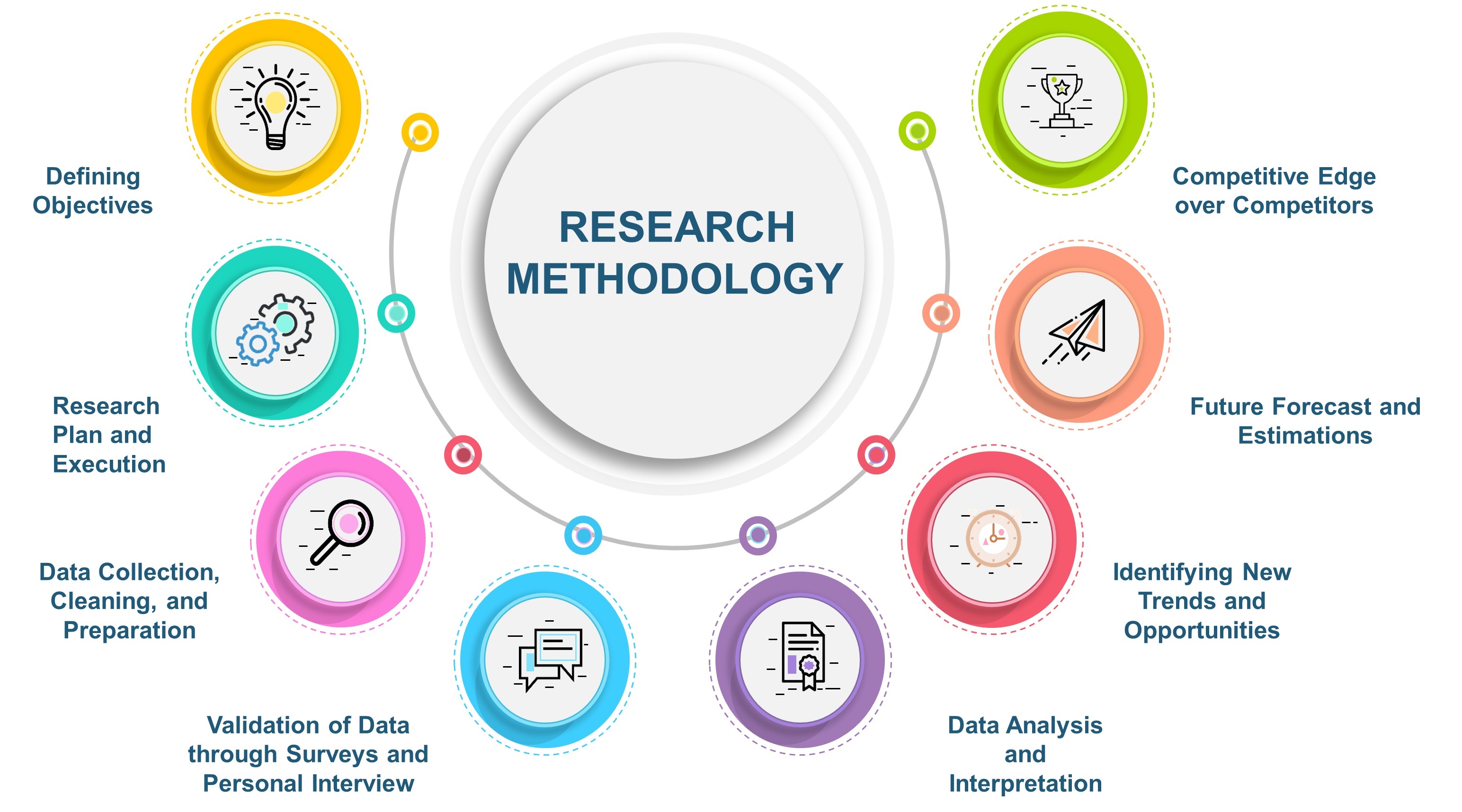
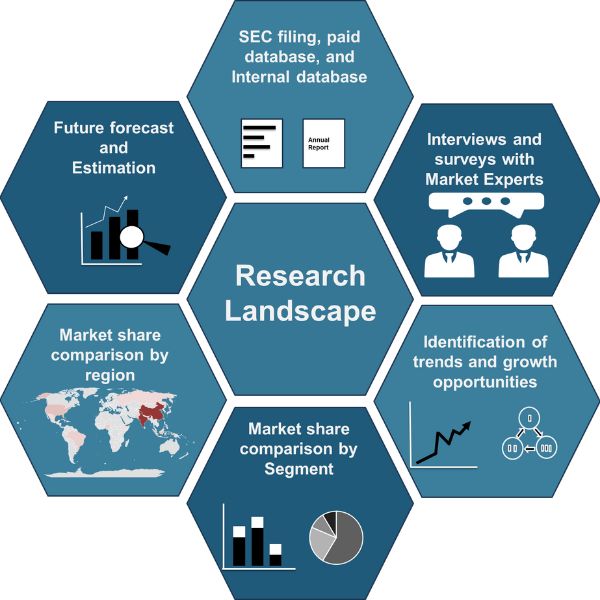
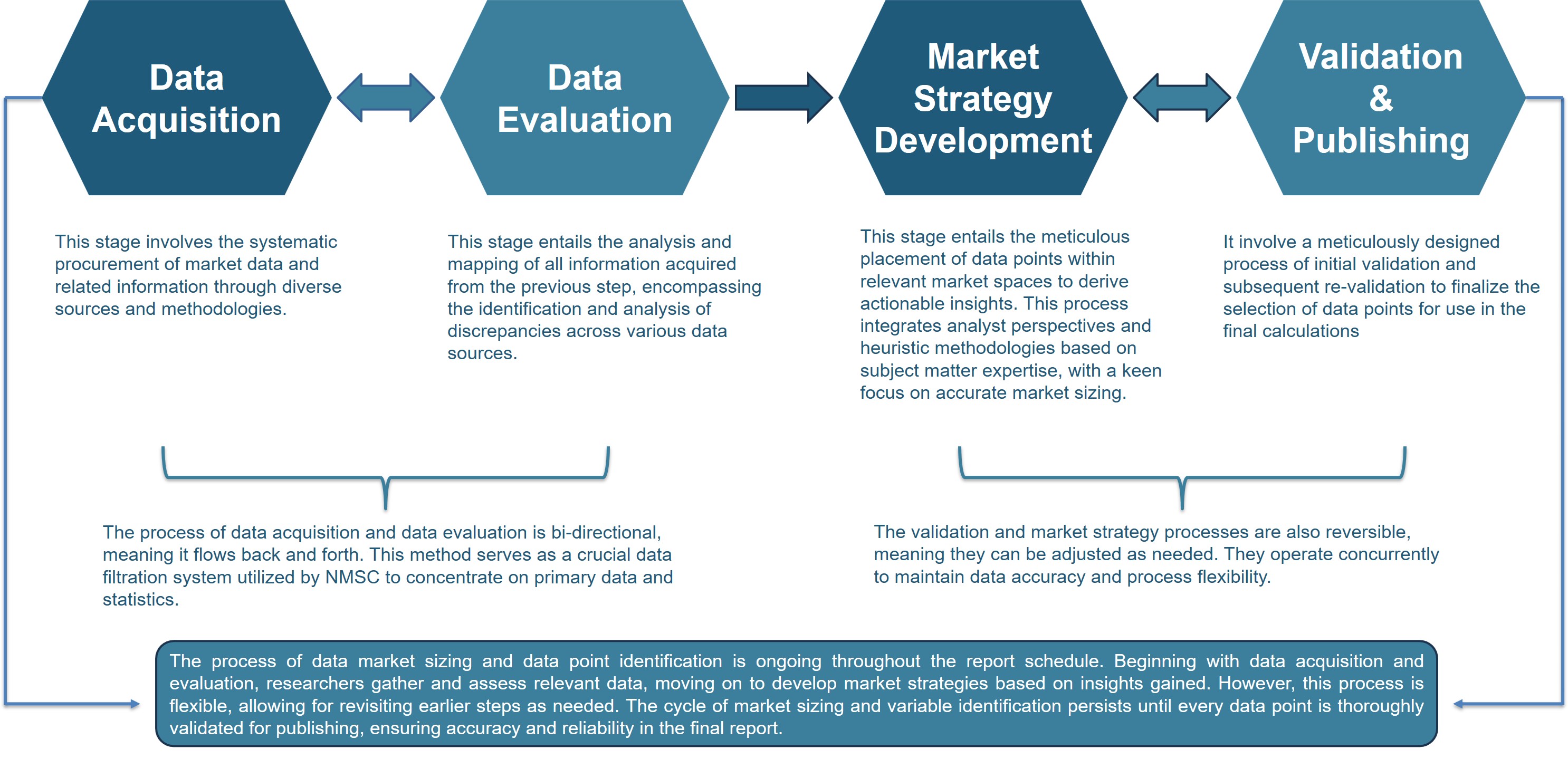
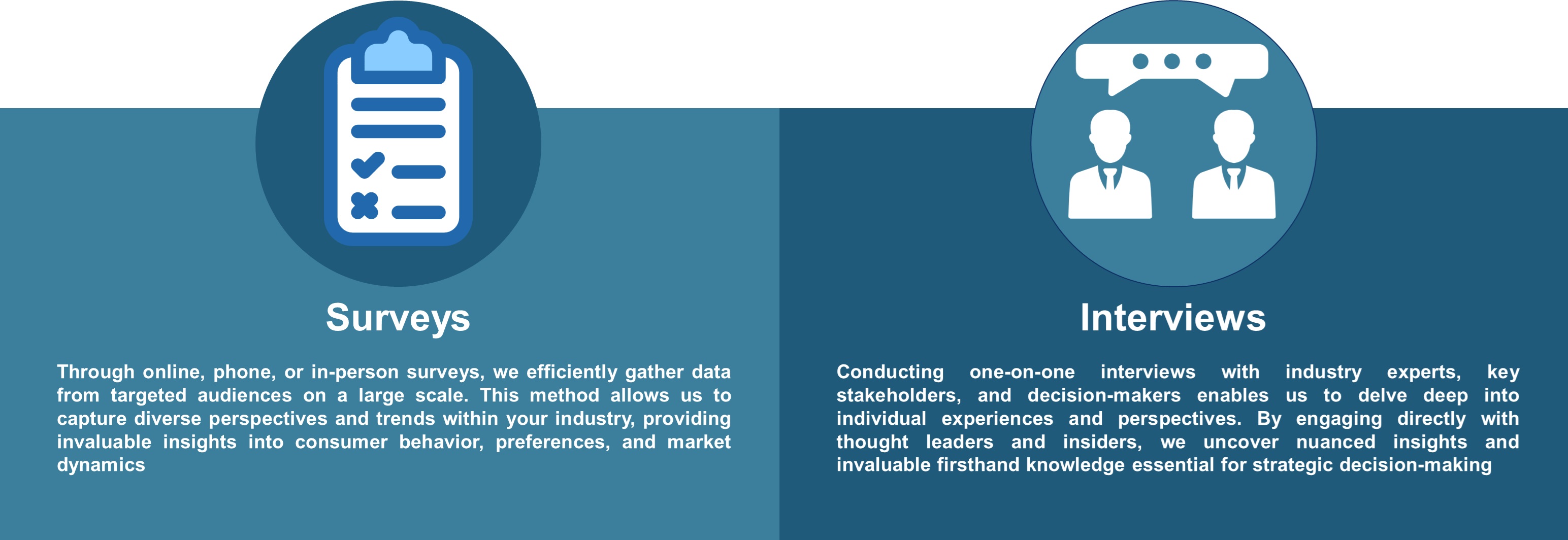



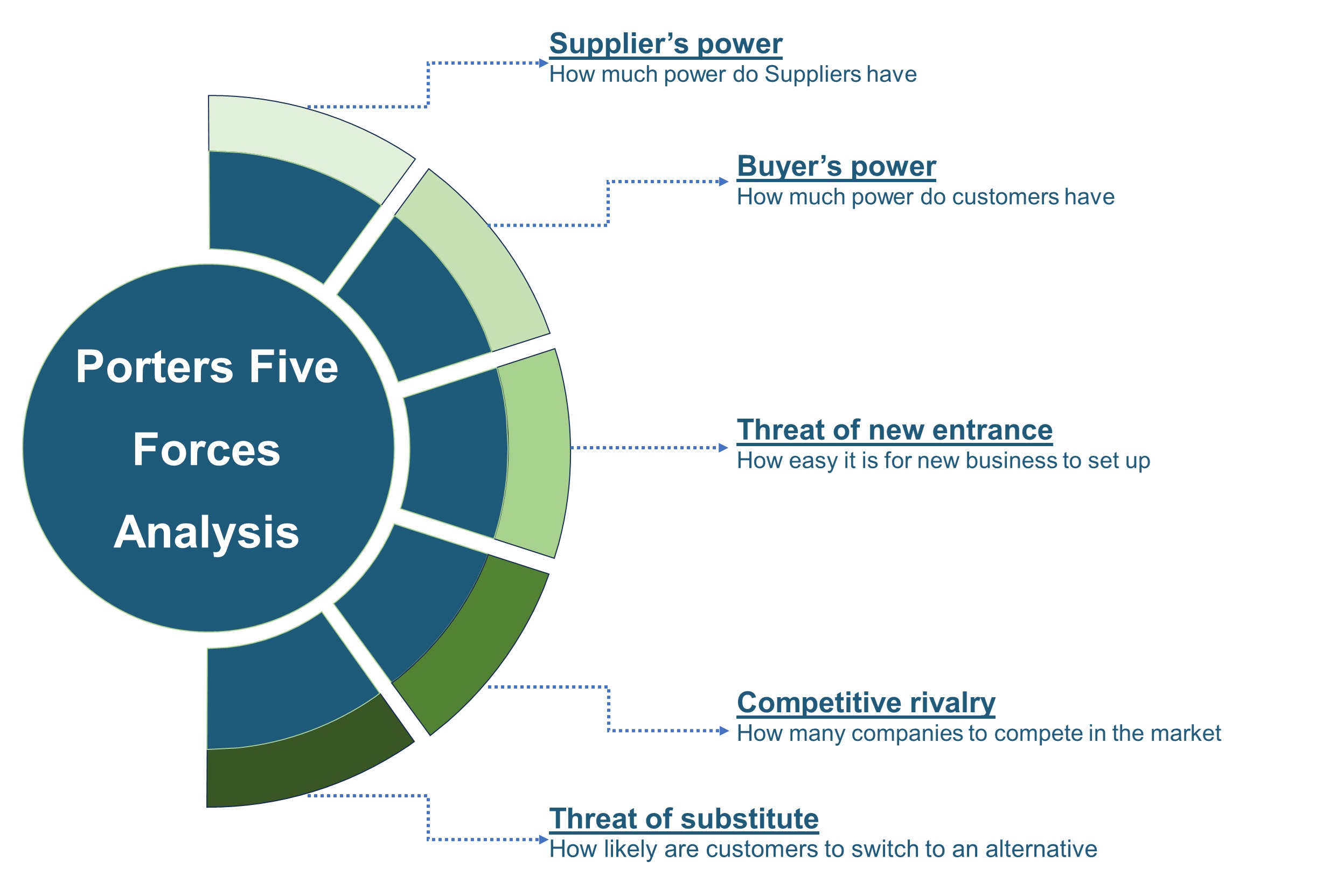







 Speak to Our Analyst
Speak to Our Analyst





